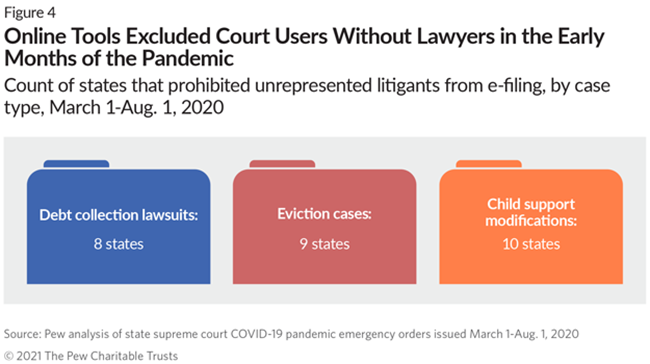The legal world is undergoing a transformation, and virtual courts are at the forefront of this change. Born out of necessity during the pandemic, virtual courts have proven to be more than a temporary solution. They are fast becoming an integral part of modern justice systems, offering flexibility, efficiency, and accessibility. This article explores how necessity has spurred innovation in virtual court systems, practical examples of their use, and actionable tips to ensure their success.
What is a Virtual Court?
A virtual court is a judicial proceeding conducted through online platforms. Participants, including judges, attorneys, plaintiffs, and defendants, connect via video conferencing tools. Documents are shared digitally, and cases are heard and resolved without requiring physical presence in a courtroom.

How Necessity Catalyzed Virtual Courts
The COVID-19 pandemic forced courts worldwide to adapt quickly. Physical gatherings were risky, but justice could not be paused indefinitely. Virtual courts emerged as a solution, enabling legal proceedings to continue while maintaining public safety.
Key Innovations:

- Remote Access: Lawyers and litigants can join from any location, saving travel time and expenses.
- Digital Documentation: Courts transitioned to paperless operations, enhancing efficiency.
- Real-Time Transcription: Advanced tools enable instant transcription for accurate records.
Example: In India, the Supreme Court used video conferencing to hear cases during the pandemic, resolving over 30,000 cases between March 2020 and November 2021.
Advantages of Virtual Courts
1. Accessibility
People in remote areas can access justice without traveling long distances.
Example: In rural Kenya, virtual courts have enabled farmers to resolve land disputes without leaving their villages.
2. Cost-Effectiveness
Virtual hearings eliminate the need for transportation and accommodation expenses.
3. Efficiency
Scheduling and case resolutions are faster due to reduced logistical constraints.
4. Inclusivity
Disabled individuals, who might find it challenging to attend physical courtrooms, can now participate fully.

Challenges of Virtual Courts
While virtual courts offer significant benefits, they are not without challenges:
- Technology Gaps: Not all participants have access to reliable internet or devices.
- Security Concerns: Ensuring the privacy of sensitive information is critical.
- Training Needs: Judges and lawyers must adapt to new technologies.

Example: A survey in the United States revealed that 23% of attorneys found it challenging to adapt to virtual platforms due to a lack of technical expertise.
: A survey in the United States revealed that 23% of attorneys found it challenging to adapt to virtual platforms due to a lack of technical expertise.
Actionable Tips for I
Actionable Tips for Implementing Virtual Courts
1. Invest in Reliable Technology
Governments must prioritize funding for robust internet infrastructure and reliable court software.
Example: Singapore developed its Tech Courts initiative, equipping judges with secure systems for smooth virtual hearings.
2. Offer Training Programs
Regular workshops for court staff, judges, and lawyers can bridge the knowledge gap.
3. Enhance Security
Using encrypted communication tools and multi-factor authentication can safeguard sensitive data.
4. Test Before Trials
Conduct mock hearings to familiarize all participants with the technology.
The Future of Virtual Courts

Virtual courts are not a passing trend; they are here to stay. Innovations like AI-assisted case management, virtual reality (VR) courtrooms, and blockchain for secure documentation are on the horizon.
Example: Dubai courts are expExample: A survey in the United States revealed that 23% of attorneys found it challenging to adapt to virtual platforms due to a lack of technical expertise.erimenting with AI to predict case outcomes, potentially shortening trial durations.
Conclusion
Necessity has indeed given us the best virtual courts. By embracing innovation and addressing challenges, legal systems worldwide can ensure justice is accessible to all. Virtual courts exemplify how technology can bridge gaps, save resources, and uphold fairness.
Call-to-Action:
Explore how your local courts are adapting to virtual systems and advocate for better access to justice in your community.
